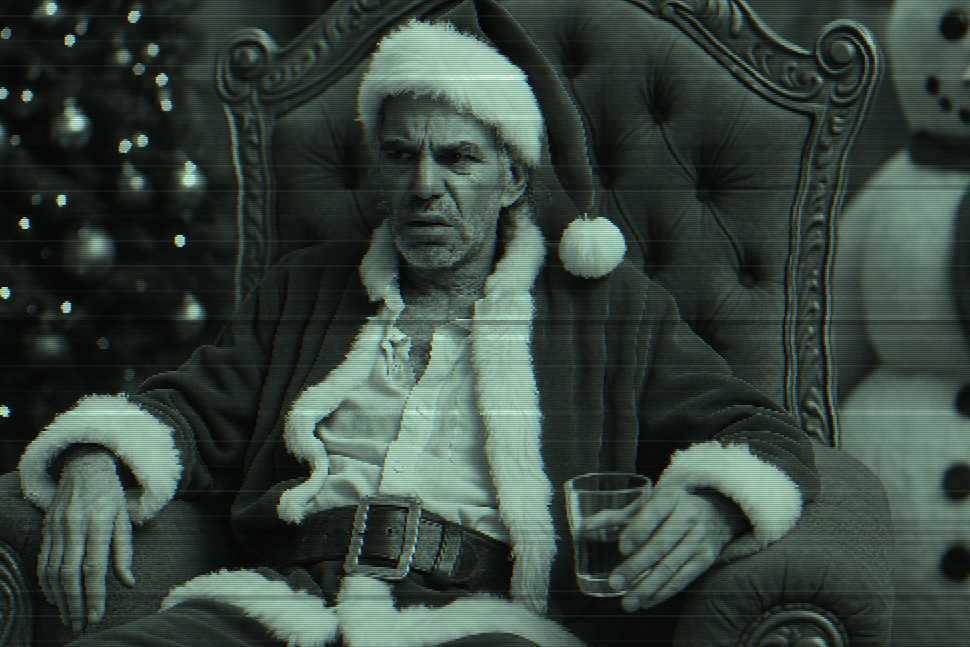
Bad Santa 2003
This film follows a human male who pretends to be a holiday figure called “Santa Claus.” On Earth, this figure is associated with gift distribution and behavioral surveillance. The male uses the disguise to gain access to shopping centers, which he later robs.
He is constantly intoxicated. He shows no signs of joy, charity, or even basic hygiene. His only consistent skill is operating a safe. His partner in crime is a smaller human who pretends to be one of Santa’s “elves” — a species Earth uses in fiction but has never observed.
During the course of the theft operation, the male is approached by a young human with limited social awareness and poor grooming. The child assumes the male is the real Santa and invites him to live in his home. The male accepts, mostly for the free food and alcohol.
The relationship becomes complicated. The male begins to protect the child, despite continuing his theft plan. He also begins to feel something resembling guilt. This emotion appears to cause confusion and digestive issues.
Eventually, violence breaks out. Several humans are injured. The male is shot multiple times but survives. The authorities reduce his punishment because they believe he acted out of kindness, despite his long record of crime, dishonesty, and property damage.
Conclusion: Humans will forgive almost any behavior if it occurs near a decorated tree. They associate clothing and season-specific rituals with morality, and allow emotional confusion to override criminal patterns.
Recommend further research into costume-based infiltration. Holiday seasons may present optimal windows for resource extraction.
